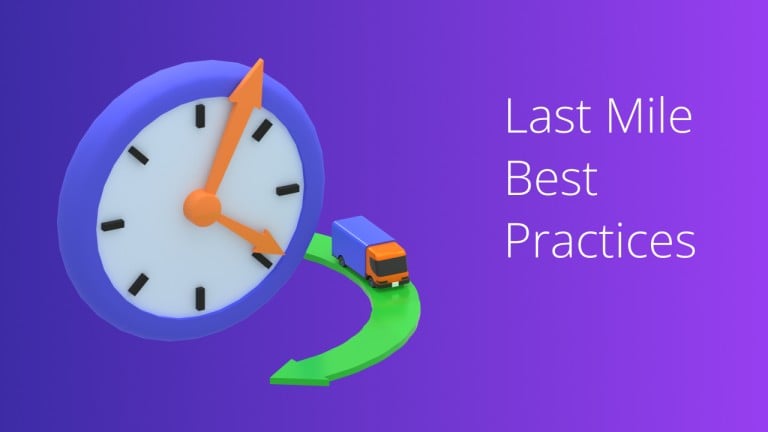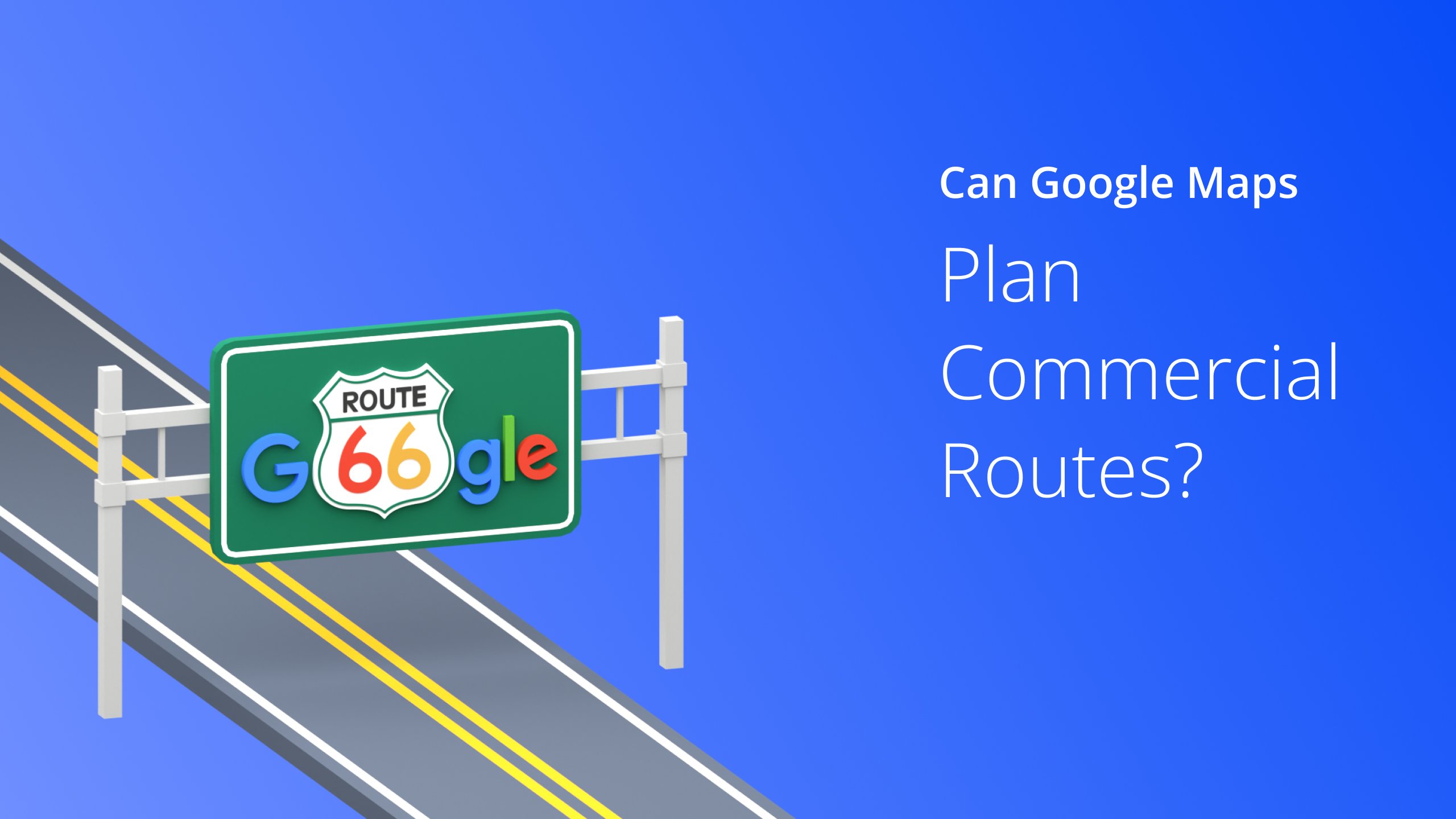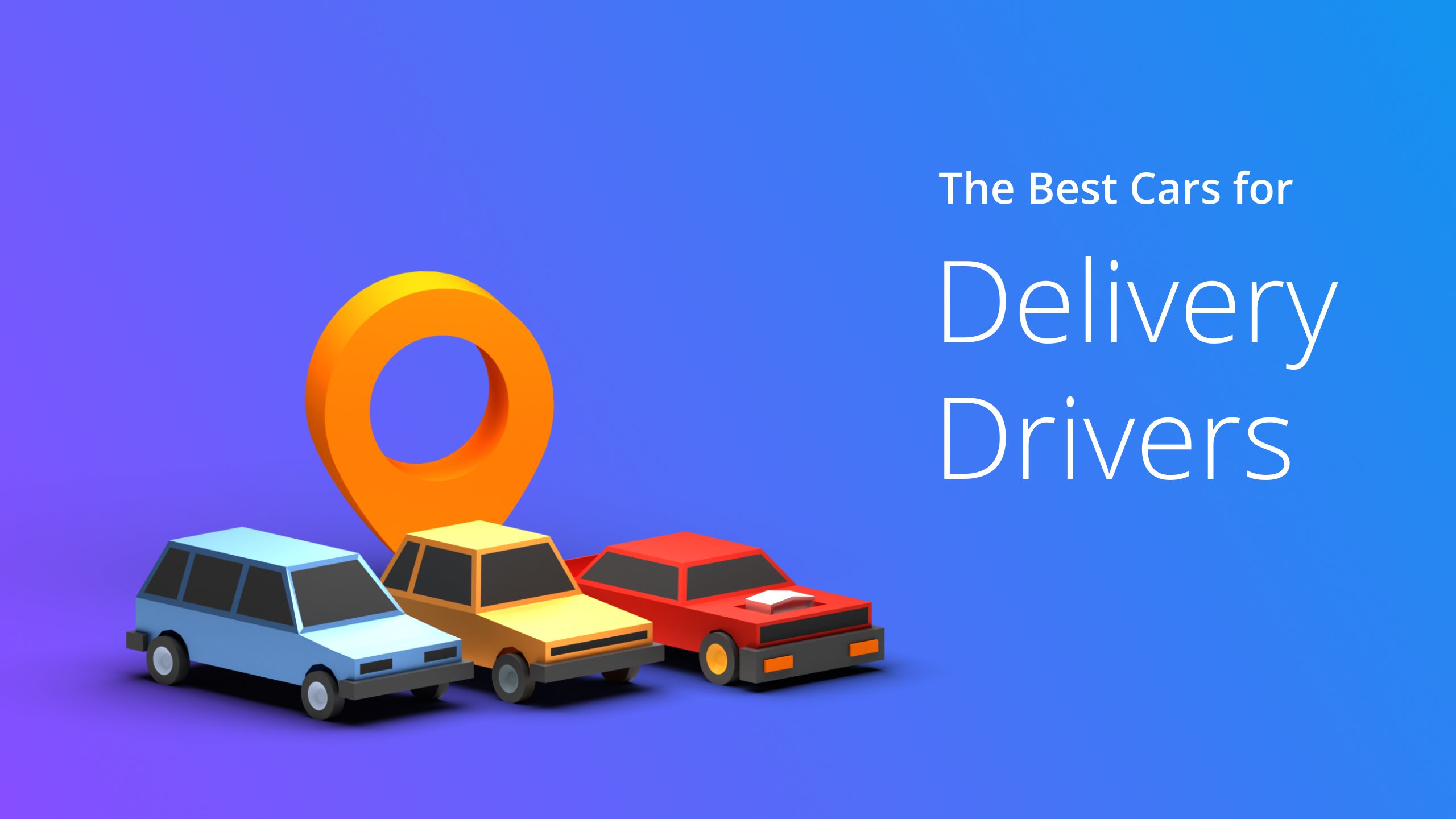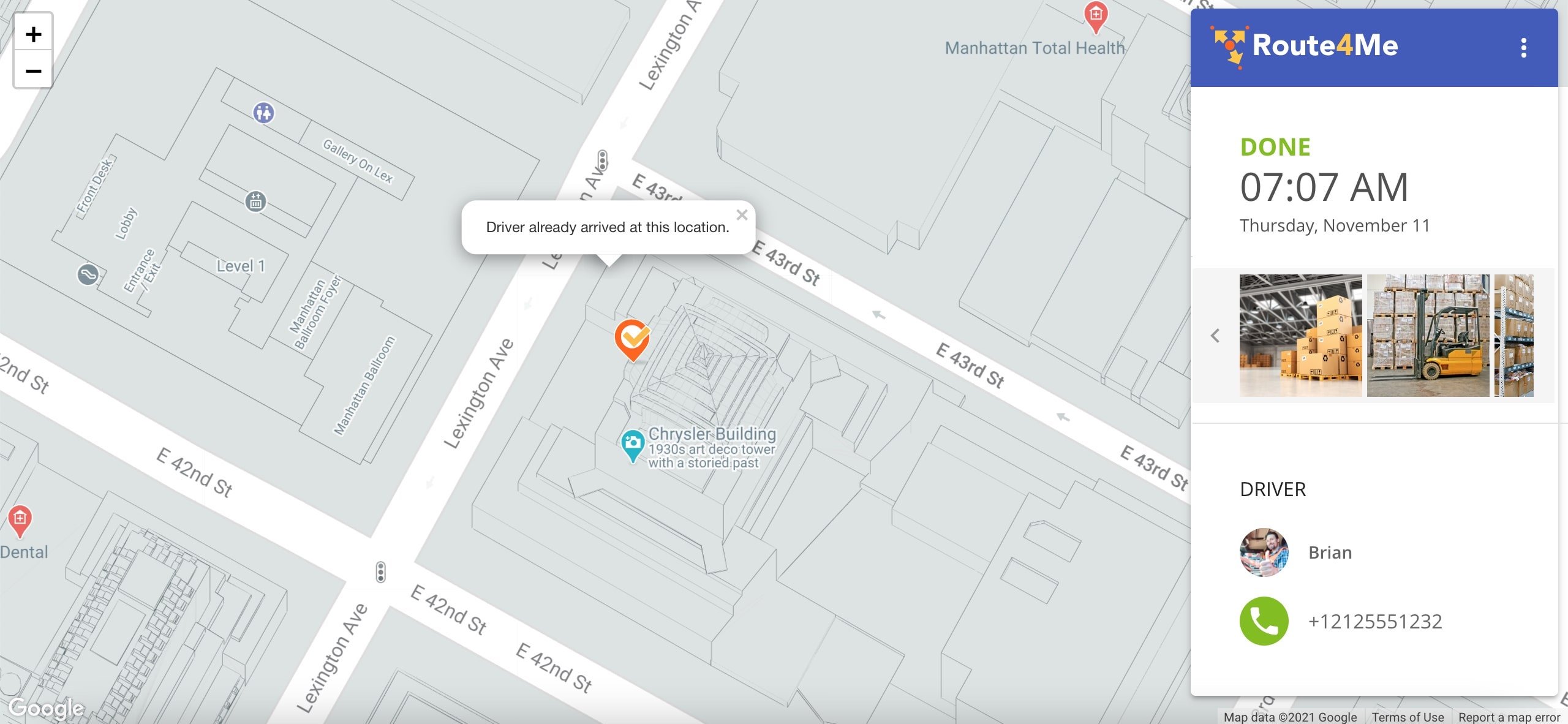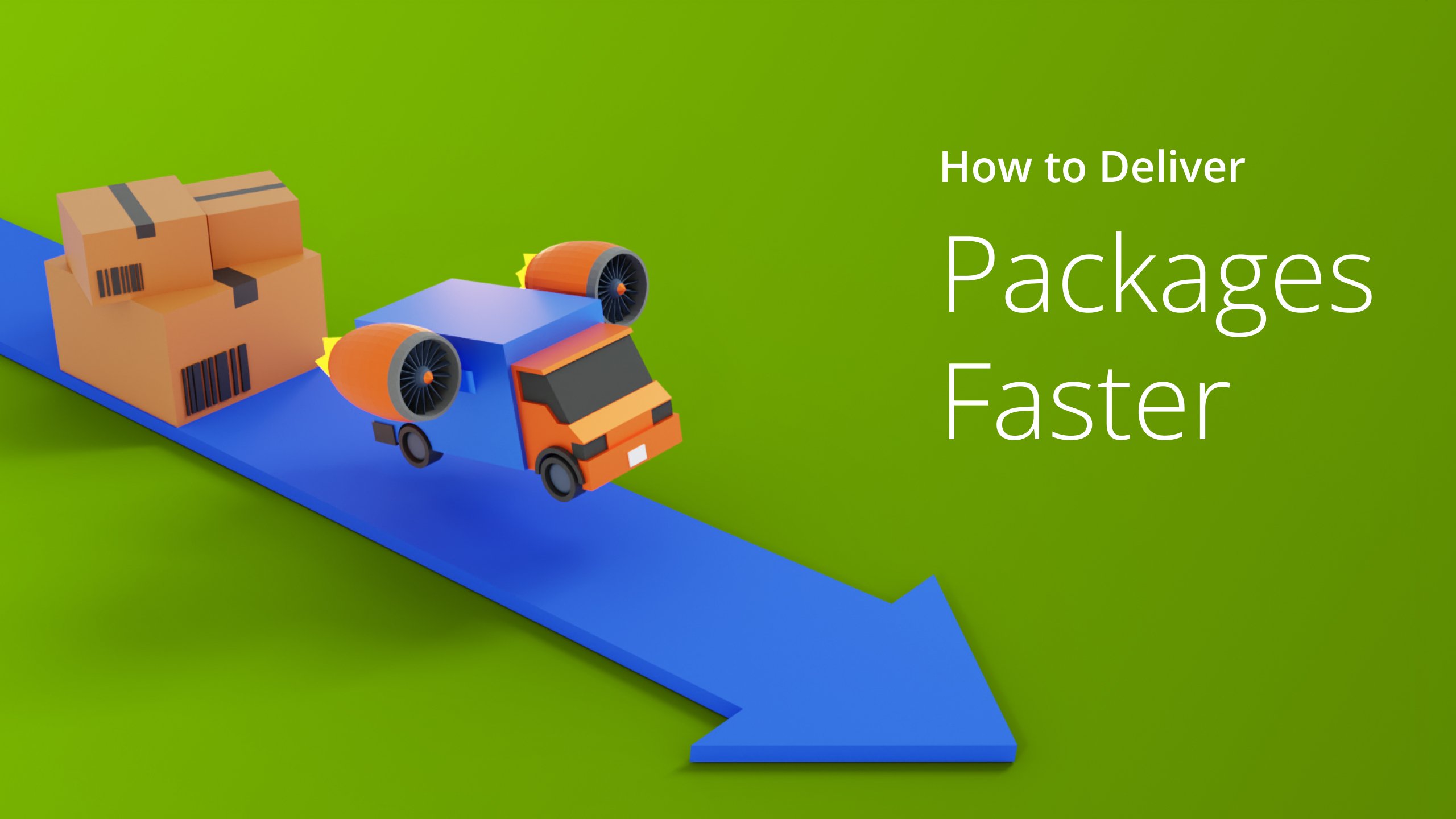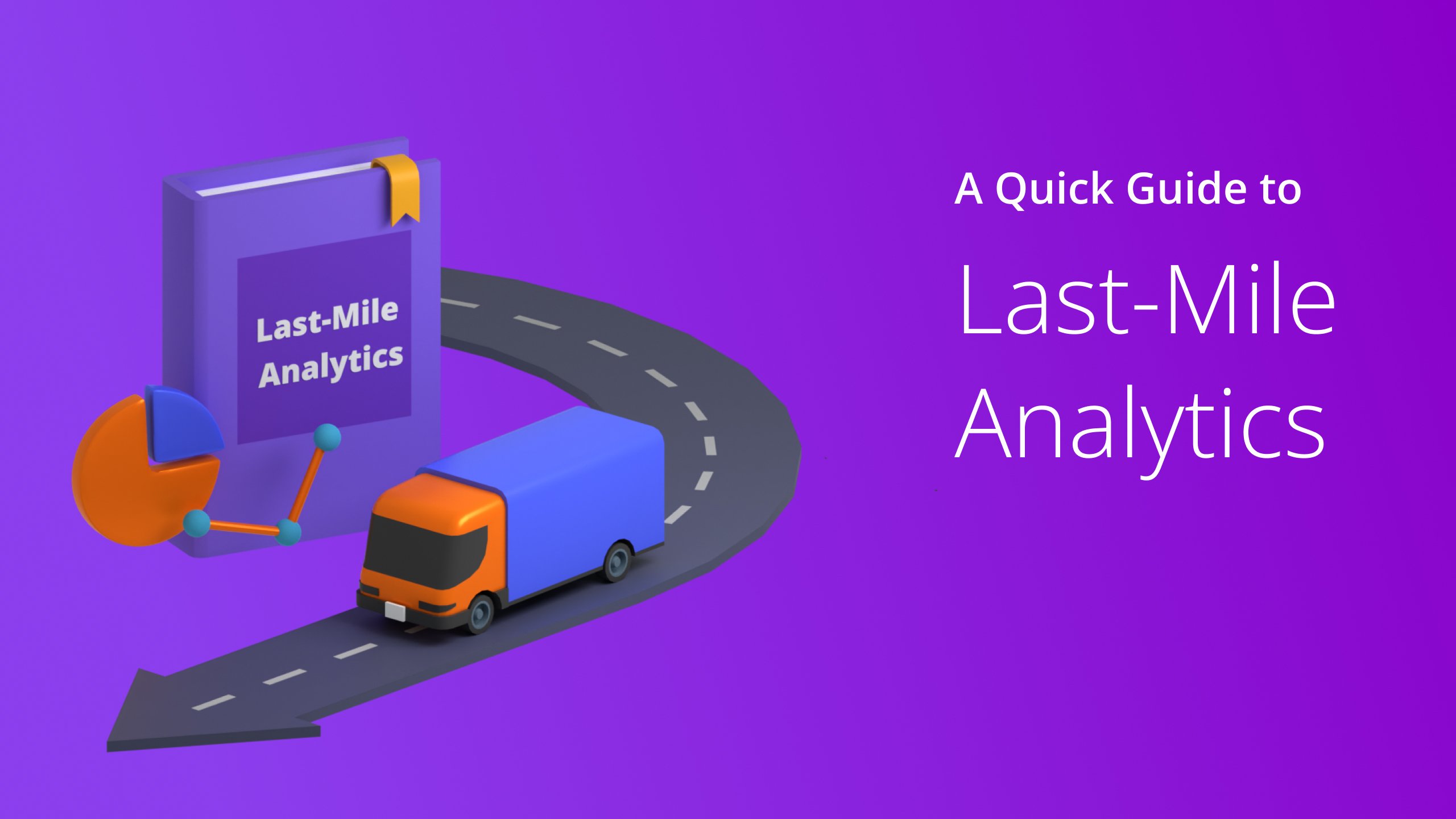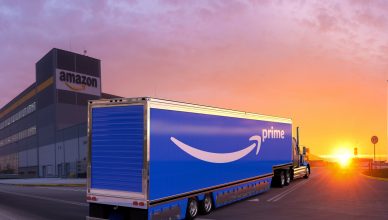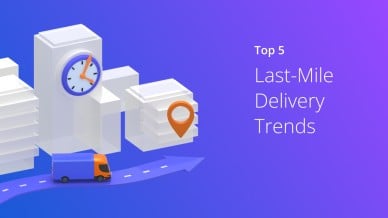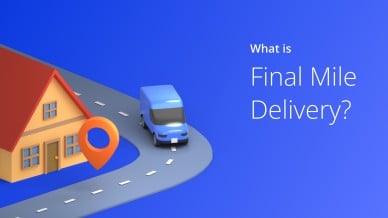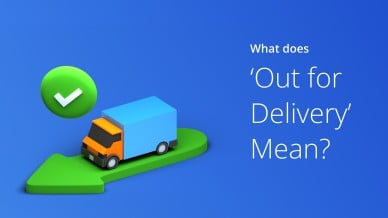In the hyper-competitive world of eCommerce, last-mile delivery is more than just a final step. It’s a make-or-break battleground.
With rising customer expectations for lightning-fast delivery, convenience, and transparency, your business needs to be smarter, faster, and more efficient than ever.
But, last-mile delivery can be a complex and challenging puzzle to solve. Routing constraints, unanticipated disruptions, fuel costs, customer communication, driver shortages, and many other factors can jeopardize your operations if not addressed well.
Therefore, you must keep optimizing the last-mile delivery process, reducing expenses, and exceeding customer expectations every time, and this is where this blog post comes in.
We’ll share several last-mile best practices and strategies that you can implement to streamline your operations, improve the delivery experience, and boost your bottom line.
Table of Contents
1. Create a Robust Plan
First thing first. Everything starts with planning, so make sure you create a robust plan considering all the challenges that could come your way.
Avoid using traditional strategy because the increasing customer demands have changed the last-mile delivery industry. Make a tailored plan that adapts to the changing ecosystem.
Find answers to the following questions to create a dynamic plan.
- How can you offer more value to your customers?
- What are your competitors doing that is helping them win over your business?
- What are your competitors unable to offer, and how can you fill the gap?
- What are the new last-mile trends?
- What technology solutions do you need to improve profitability?
- How can you improve driver efficiency to make more deliveries in less time?
2. Optimize Routes
Optimize your routes to ensure your delivery drivers arrive at destinations on time, every time. Plus, you can save on fuel costs, make more deliveries in less time, and improve profitability.
However, don’t use pen and paper or spreadsheets to plan routes. It’s time-consuming, and the routes will also be inefficient, especially if you plan routes with multiple stops for multiple drivers.
You can use Google Maps or Waze, but only if you have to plan routes up to 10 stops for one or two drivers.
For multi-stop route planning, use a route planner like Route4Me to automate the process.
Route4Me’s intuitive platform helps you to create the most efficient multi-stop routes with turn-by-turn directions considering traffic, weather, time windows, roadblocks, and many more constraints.
You just need to upload the list of customer addresses into the system, set some parameters, and hit optimize. The software takes just a minute to plan a delivery route.
Route4Me’s proprietary SmartZone Optimization algorithm helps you split the list of customer addresses into the most optimal number of Smart Zones (address clusters).
Afterward, based on your specific requirements, you can optimize a preferred or the most optimal number of routes with your address clusters.
Route4Me will optimize one route per address cluster, where each optimized route doesn’t cross the borders of its Smart Zone.
Route4Me’s intelligent algorithms adapt to real-time variables such as sudden vehicle breakdowns or last-minute changes. This helps avoid delivery delays even in the face of unexpected disruptions.
Route4Me’s delivery route optimization app offers several features and benefits to make your route planning and scheduling process seamless:
- You can plan unlimited multi-stop routes.
- Route4Me’s last-mile optimization solution has a built-in Geocoder to autocorrect any wrong addresses entered into the system.
- You can schedule routes for months in advance. Here’s a complete guide to schedule delivery.
- Mobile apps for Android and iOS users to plan and manage routes on the go.
- You can optimize routes for a mixed variety of vehicles.
- In-app voice-guided navigation to avoid distracted driving.
- You can set priority levels to ensure drivers visit customer locations in the same priority order you specify.
- Route4Me has a built-in commercial GPS tracker to help you monitor your vehicles in real time and ensure on-time delivery. Learn the benefits of GPS tracking.
- You can create recurring routes for repeat business.
Want To See For Yourself How Route4Me Can Help Make Last Mile Deliveries Efficiently?

3. Find Vehicles that Fit Your Requirements
Choose the suitable vehicles based on your budget and the areas you cover.
For example, if you cover urban areas with narrow streets, smaller vehicles like cargo vans would offer better maneuverability and reduce delivery times. On the other hand, larger trucks would be apt to navigate rural areas with wide roads.
You must also choose a vehicle size based on your typical order volume. Using a large truck to carry a few packages wastes space and fuel. Similarly, undersized vehicles require multiple trips, impacting efficiency and increasing fuel expenses.
Opt for electric vans or hybrid, at least. They can significantly reduce fuel costs, especially for high-volume deliveries.
Plus, such vehicles are eco-friendly and reduce carbon footprint. It can improve your brand image and attract environmentally conscious customers.
Below are several other factors you must consider while choosing a vehicle such as:
- Maintenance needs
- Parking and tolls
- Package security
- Delivery type
- Local regulations
4. Keep Customers Updated
Keeping your customers updated about their package status has several advantages.
Firstly, you can reduce failed deliveries due to customers’ absence in picking up the package. You can also ensure the subsequent deliveries remain unaffected.
Secondly, you’ll receive fewer calls from frustrated customers asking, “Where’s my package?”.
When you keep customers informed, it shows you value their time. It helps increase customer loyalty, improve brand image, and encourage repeat business.
Route4Me’s multi-stop route optimization software can help here. It offers a customer alert and notification feature that enables you to send delivery notifications through SMS or email.
The feature enables you to set different alert rules for your customers. You can alert customers when their stop is scheduled or they are next to be visited or completed.
Multi-Stop Route Planner App
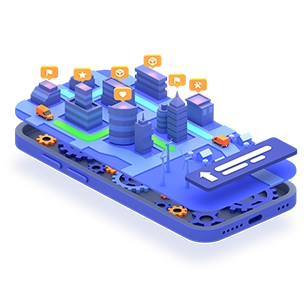
Route4Me’s delivery route planner even offers a customer portal feature that helps you enable end customers to track their inbound visits in real time.
However, the amount of information you want to share with your customers remains under control. You can show them estimated arrival times, driver identity, etc.
5. Outsource Your Delivery
Outsourcing your delivery to a third party is another last-mile best practice.
You don’t have to invest in vehicles, maintenance, driver salaries, and benefits. You can quickly increase your delivery capacity and reach new customers by relying on the provider’s network and infrastructure.
Many last-mile delivery providers even charge only on the number of deliveries made. Such a flexible pricing model helps you avoid fixed costs.
However, choose a provider wisely. They will be the face of your operations, so if anything goes sideways, your business will bear the brunt.
Conduct thorough research and select a final-mile delivery service provider with a strong reputation, customer service, and a proven track record.
Clearly define the scope of work, including responsibilities and performance metrics, to avoid misunderstandings. Maintain open communication and regular reviews with the provider to track their performance and improve delivery performance.
Also, ensure the delivery service provider adheres to all relevant industry regulations and compliance standards. And don’t forget to create a behavior code to avoid damaging your business reputation.
6. Start Dark Stores
Dark stores are physical stores close to your customers and used solely for fulfilling online orders. It offers several benefits, such as:
- Your drivers can make faster deliveries due to close proximity to customers.
- Minimize picking times and errors due to small store layouts.
- You can quickly scale up or down dark stores based on demand in specific areas.
- Less fuel consumption and costs due to shorter delivery distances.
Overall, dark stores can be a great solution to improve last-mile delivery efficiency.
7. Create an Effective Training Program
Driver training can improve various aspects of your delivery operation significantly.
For example, you can minimize damage and ensure safe delivery by educating drivers about proper package handling techniques for fragile goods and loading and unloading procedures.
Similarly, training drivers on defensive driving techniques can help minimize accidents, traffic violations, and fuel consumption.
You can leverage Route4Me’s GPS tracker to identify and train drivers who engage in aggressive driving.
Plus, the delivery route optimization software offers reporting and analytics features that help you track driver performance, such as the routes completed, distance covered compared to planned, fuel consumption, and more. This enables you to create a customized and effective driver training program to make your team more efficient and productive.
Frequently Asked Questions(FAQs) about Last-Mile Delivery
What is last-mile delivery strategy?
How do I optimize last-mile delivery?
Final Thoughts about Last-Mile Best Practices
Last-mile efficiency isn’t just about minimizing your costs. It’s about creating a smooth and satisfying delivery experience for your customers to increase customer retention and fuel business growth.
You can transform your delivery operations into a well-oiled machine by implementing the last-mile delivery best practices in this article and leveraging Route4Me’s vehicle routing software.
Explore Route4Me for 7 days for FREE and see how it can help.
Want To See For Yourself How Route4Me Can Help Make Last Mile Deliveries Efficiently?

